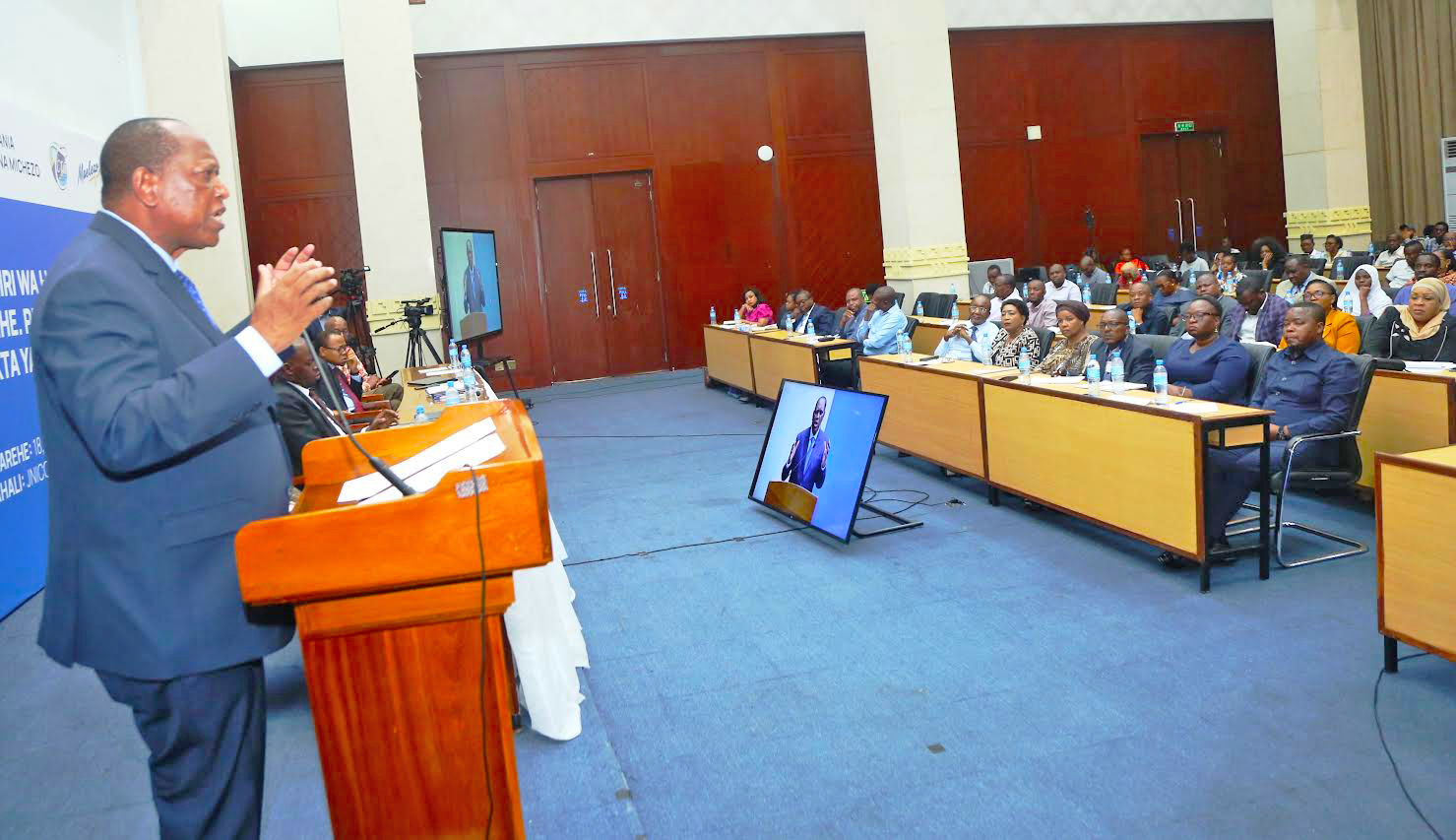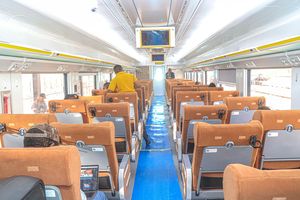Over 800 million can’t access electricity globally

Dar es Salaam. Nearly 840 million people worldwide do not have access to electricity and most of them reside in sub-Saharan Africa, according to a newly launched Energy Access Explorer by World Resource Institute.
In East Africa, the numbers are staggering: nearly 38 million people in Tanzania (68 per cent), 13 million people in Kenya (25 per cent), and 31 million people in Uganda (78 per cent) lack access to electricity.
Using data to link growing electricity demand with clean energy supply is essential to expand electricity services to those without power, which is why World Resources Institute and nearly 20 partners have launched the Energy Access Explorer.
Energy Access Explorer provides data to help strengthen the links between energy access and livelihoods.
“When vaccines can be refrigerated and health clinics can operate around the clock, more people are healthy. When lights stay on at home as well as at school, children can finish their schoolwork.
“And when food can be kept cool and fresh for longer, farmers can sell more produce and fewer people go hungry,” said President and CEO, World Resources Institute, Andrew Steer. He said Energy Access Explorer will help connect energy demand with supply in a way that’s never been done before to close the energy access gap, which is vital to achieving the Sustainable Development Goals.
Energy Access Explorer shows that there is significant renewable energy potential in unserved and underserved areas of East Africa.
For example, data on Energy Access Explorer reveals that clean energy can help provide reliable power to vitally important facilities like schools and hospitals, which often lack stable electricity or rely on expensive back-up power systems like diesel generators



